Your location:Home >Automotive News >
Time:2022-06-10 10:24:58Source:
Although the epidemic control measures in Beijing, Jinan, Zhengzhou and other cities were upgraded in May, with the improvement of the epidemic situation in other areas and the lifting of lockdown control, especially in the middle and late April of Changchun Shanghai auto companies, related raw materials and parts, etc. The resumption of work and production of key enterprises has gradually advanced, and the production, logistics and transportation of the domestic automobile industry recovered rapidly in May.
At the same time, from the end of April in Guangdong, Jilin, Zhejiang, Shandong, Hubei, Shanghai and other places to introduce car purchase subsidy policies, to May 31, the Ministry of Finance and the State Administration of Taxation issued the "Notice on the Reduction of Vehicle Purchase Tax for Some Passenger Vehicles". A series of policies and measures to promote automobile consumption have been announced one after another, and many car companies have also launched promotional activities, so that the car consumption demand that was originally suppressed due to rising car prices and reduced income has been released to a certain extent.
According to data released by the Passenger Federation on June 9, domestic retail sales of passenger vehicles in the narrow sense have recovered to 1.354 million units in May, a sharp increase from 1.042 million units in April, and the -16.9% year-on-year decline has also improved significantly.Correspondingly, the inventory warning index of Chinese auto dealers in May was 56.8%, an increase of 3.9 percentage points year-on-year and a month-on-month decrease of 9.6 percentage points.
And because the production achieved a positive growth of 9.4% year-on-year, exports (including complete vehicles and CKD) were able to increase by 77% year-on-year to 184,000 units, which made wholesale sales rebound to 1.591 million units, an increase of 67.8% month-on-month, and the decline narrowed directly to 184,000 units. -1.3%.Among them, Changchun and Shanghai, where the epidemic situation has gradually improved, have made significant contributions.With the support of the government, the productionof car companies in Changchun and Shanghai showed a super growth in May . Forexample, FAW-Volkswagen and SAIC-Volkswagen both recorded a month-on-month growth rate of around 200%, Tesla was also 212%, and SAIC-GM reached 224%. %.
Judging from the overall situation in the first five months of this year, thanks to a slight recovery in May, the cumulative retail sales reached 7.315 million units, while the wholesale sales reached 7.981 million units, a drop of 12.8% and 3.8% respectively.
Although, due to the huge losses caused in March and April, compared with the same period last year, the cumulative loss of retail sales in the first five months of this year is still as high as 1.076 million units, but it is believed that with the implementation of the preferential purchase tax policy on June 1 Implementation, under the joint promotion of the central and local governments, will further release market demand.In addition, Shanghai, the core hub of the domestic auto parts supply chain, was also fully unblocked on the same day, which will greatly increase the production and sales of domestic automobiles in June.
In this regard, the Passenger Federation even believes that production and sales in June will increase by more than 10% year-on-year, which may bring the auto market to a hot end in the first half of the year.
FAW-Volkswagen returns to the top
The strong recovery of the auto market in May was still mainly driven by the independent camp.According to the statistics of the China Passenger Transport Association, the retail sales of self-owned brands reached 620,000 units in May, a year-on-year increase of 5%, with a market share of 46.3%, a year-on-year increase of 9.8 percentage points.From the perspective of wholesale, the independent share reached 49.8%, an increase of 9.3 percentage points over the same period last year.
Such achievements are largely due to the excellent performance of leading autonomous car companies, which can be confirmed from the top ten list of retail and wholesale car companies in M ay.
As far as the list is concerned, with the strong support of the government, FAW-Volkswagen, which had resumed production in mid-to-late April, almost returned to its normal level in May, with both retail and wholesale returning to around 150,000 units. And in this way once again regained the top spot in the two markets.
Following FAW-Volkswagen, BYD Auto is from the independent camp.
Driven by the dual drive of pure electric and plug-in hybrid, BYD's retail and wholesale sales continued to rise in May, reaching 114,000 units, setting new highs in both markets.Not only that, BYD is also the only car company in the list with a positive year-on-year growth rate, and all of them have reached more than 150%, which means that BYD alone has provided nearly 70,000 new increments for the overall car market.At the same time, relying on this performance, BYD continues to firmly occupy the throne of the independent champion.
In the face of the menacing BYD, the once independent "iron triangle" Geely Automobile, Changan Automobile and Great Wall Motors can only sigh and sigh.Specifically, in May, in both the retail and wholesale markets, Geely Auto was still closely behind BYD, and maintained the third place in these two markets with a small advantage.
Although the gap with the previous SAIC Volkswagen and GAC Toyota is not large, Changan Automobile has slipped to No. 6 in the wholesale list.In contrast, Great Wall Motors, which is affected by the supply of spare parts, has a heavier sense of crisis. After all, the retail sales volume is only 54,000 units, ranking only at the bottom of the list, and the wholesale market has fallen out of the top ten.
While the above-mentioned three independent leaders suffered setbacks, Chery Automobile, SAIC-GM-Wuling and SAIC Passenger Cars, like BYD,bucked the trend and made it into the top ten wholesalers under the blessing of thenew energy market.According to data from the China Passenger Transport Association, all three were among the list of 13 new energy automakers whose sales exceeded 10,000 units in May, with sales of 21,772 units, 37,313 units and 20,693 units, respectively.
In addition, SAIC Volkswagen, GAC Toyota and SAIC-GM also performed very well.With the resumption of work and production in Shanghai, the wholesale sales of SAIC Volkswagen and SAIC-GM have rebounded to more than 80,000 vehicles, but due to limited logistics and transportation, retail sales are still almost halved.GAC Toyota is backed by the Pearl River Delta region where the epidemic is relatively stable. In addition to Toyota's own strong supply chain system, its sales volume can continue to remain high, thus occupying a place in the top half of the retail and wholesale list.
Plug-in hybrid has gradually become the strongest driving force in the market
From the perspective of market segments, just as the independent camp in the previous article relies on new energy to achieve outstanding results, the rapid recovery of the overall auto market from the downturn in April was also achieved under the vigorous promotion of new energy.
Even though it was also impacted by the epidemic, the popularity of the new energy market before the price increase allowed the new energy market to still have sufficient orders, and sales were able to pick up quickly.
New energy retail sales in May were 360,000 units, roughly the same as January's 352,000 units, an increase of 91.2% year-on-year and 26.9% month-on-month.Due to the recovery ofproduction capacity, especially the resumption of work by Shanghai-based car companies such as Tesla, SAIC Volkswagen and SAIC Passenger Cars, the production of new energy in May reached 432,000 units, so wholesale sales were able to rebound to 421,000 units again. A year-on-year increase of 111.5% and a month-on-month increase of 49.8%, of which Tesla alone reached 32,165 vehicles.
Judging from the overall situation in the first five months of this year, like the overall auto market, the new energy market has also shown a "W"-shaped trend, with a cumulative retail sales of 1.712 million vehicles. With the blessing of exports, the wholesale sales reached 1.892 million vehicles. Both are far more than half of last year's full year.
However, unlike last year when pure electric and plug-in hybrid went hand in hand, the plug-in hybrid market has been showing stronger growth momentum this year.The data shows that in May, the retail and wholesale growth of plug-in hybrid reached 189.8% and 184.4% respectively, while that of pure electricity was 71.2% and 96.3%. The cumulative sales volume of plug-in hybrid almost quadrupled, while that of pure electricity increased by about 100%.To a certain extent, this verifies the market prediction of some car companies that "plug-in hybrid is the first step in the transformation of potential customers of traditional fuel vehicles".
And as the hybrid systems launched by independent brands such as BYD DM-i, Geely Raytheon Hi·X, Great Wall Lemon DHT, Changan IDD, and Chery Kunpeng continue to be vigorously promoted, the plug-in hybrid market will continue to grow rapidly for a long time to come. increase.
From the perspective of the three major market segments of vehicle types, the sedan market continued to be in the leading position due to its larger share in the new energy market, not only in the retail market in May with a decline of 11.8%, which was significantly better than the SUV's 19.4% , and it is the first to usher in a positive growth of 1.5% year-on-year in the wholesale market.
According to the latest weekly retail data in early June released by the Federation of Passenger Transport Associations, after the official implementation of the preferential purchase tax policy on June 1, the transaction volume in the terminal market has indeed rebounded significantly. Considering that the retail and wholesale sales in the same period last year were 1.577 million and 1.536 million respectively 10,000 vehicles, perhaps the auto market can really usher in positive growth again as expected by the Passenger Federation.
Statement: the article only represents the views of the original author and does not represent the position of this website; If there is infringement or violation, you can directly feed back to this website, and we will modify or delete it.
Preferredproduct
Picture and textrecommendation
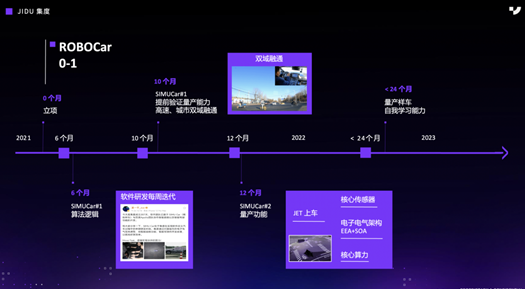
2022-06-10 10:24:17
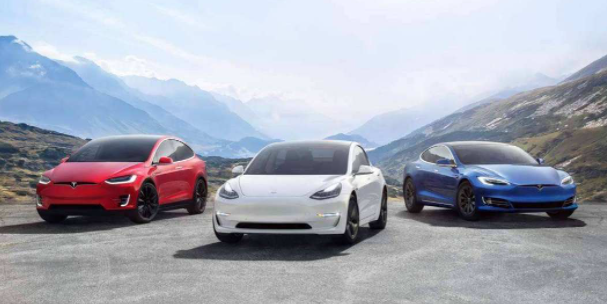
2022-06-10 10:23:53
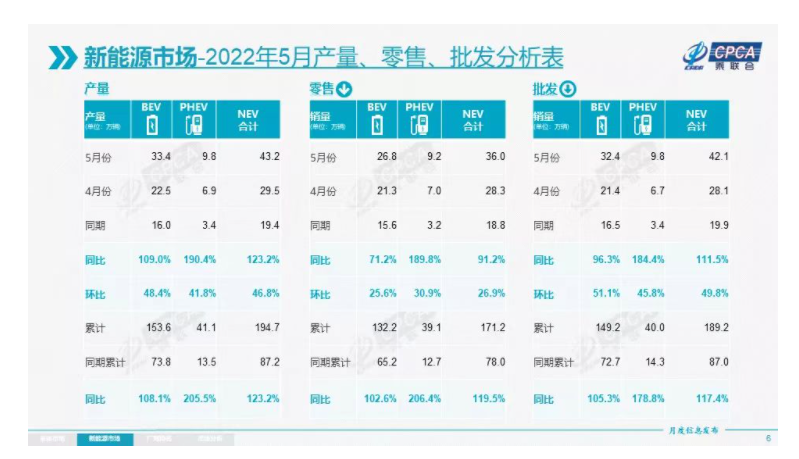
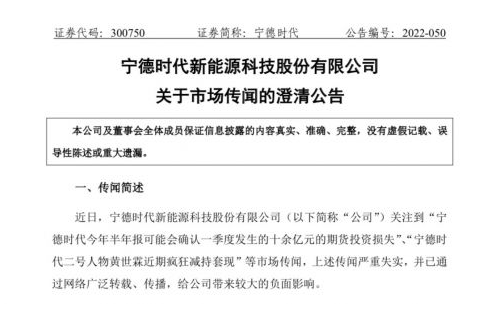
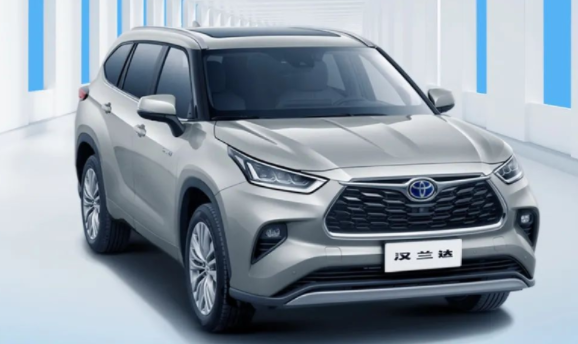
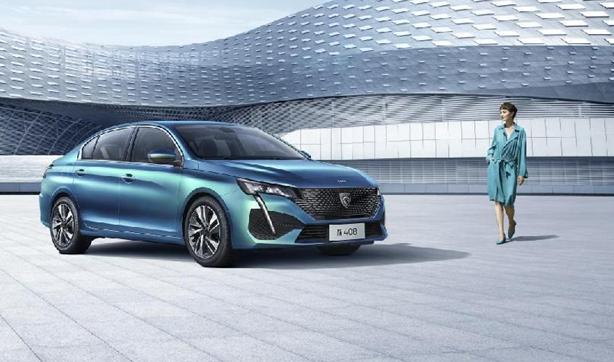
Hot spotsranking
Wonderfularticles
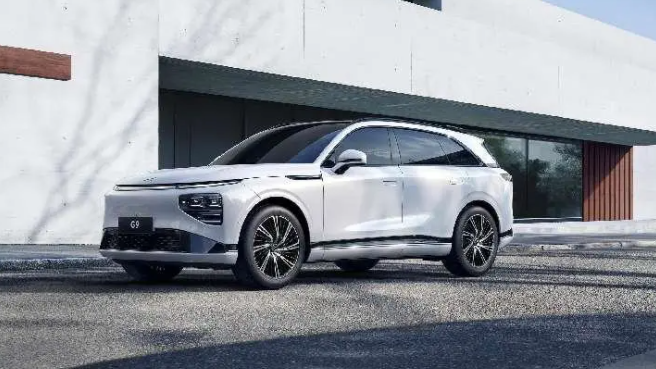
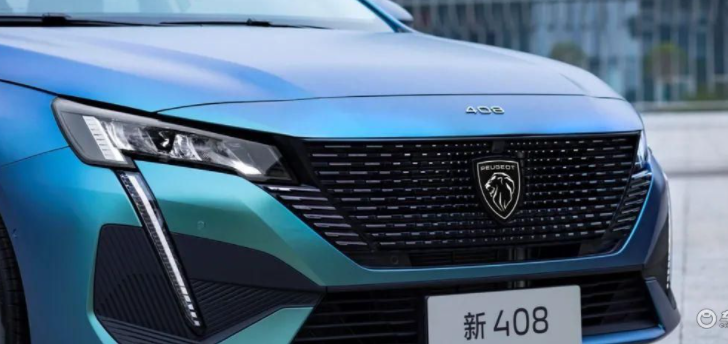
2022-06-09 11:32:20
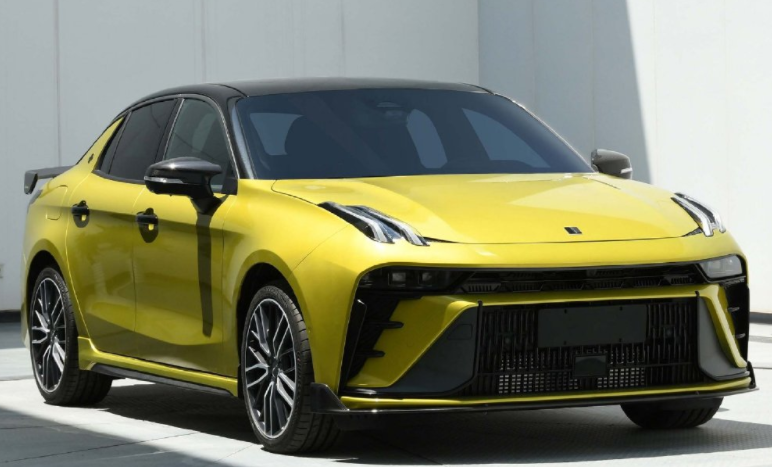

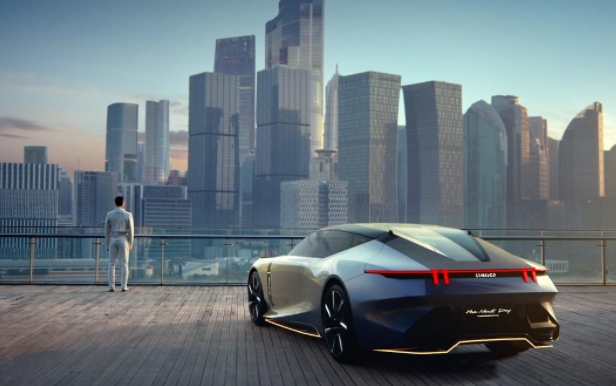
2022-06-09 11:30:16

2022-06-09 11:29:41
Popularrecommendations
